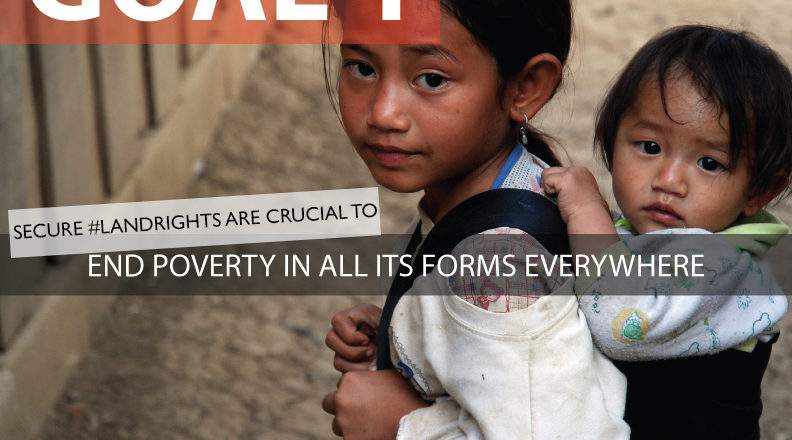For the world’s poor, particularly the rural poor, land is their most critical non-labor asset. This important asset needs to be protected and respected by the public and private sectors to reduce vulnerabilities and conflict and promote empowerment and economic growth. This is why the global community’s unanimous endorsement three years ago of the Voluntary Guidelines on the Responsible Governance of Tenure of Land, Fisheries and Forests (VGGT) was such a milestone. The VGGT recognize that: “The eradication of hunger and poverty, and the sustainable use of the environment, depend in large measure on how people, communities and others gain access to land, fisheries and forests.”
Secure access to and control of land and other valuable natural resources provides women and men, the elderly and youth, indigenous peoples, pastoralists and other vulnerable groups with positive incentives to conserve their lands and to invest to enhance its potential. Secure land rights help to increase agricultural productivity and food security, contributing to more resilient rural economies. More secure rights also reduce costly conflicts – conflicts that take lives, destroy property and constrain economic growth. And with secure rights, communities contribute in important ways to protecting forests and biodiversity – lessening the harmful impacts of global climate change.
This is why it is so important to ensure that a land indicator remain as part of the effort to track progress on SDG 1: Ending Poverty in All Its Forms Everywhere.
Today 75% of the world’s poor live in rural areas where poverty rates are substantially higher (at 29%) than they are in urban areas (13%). Many of these rural poor depend upon agriculture for their livelihoods. Unfortunately, these livelihoods are constrained by poor infrastructure, lack of inputs, weak credit markets and, in many cases, weak land governance. By addressing these constraints and by securing rights to land and natural resources we can make progress in increasing agricultural growth, which we know is particularly effective at reducing poverty As the World Bank notes: “Access to land, water, and human capital critically determine the ability of households to participate in agricultural markets, secure livelihoods in subsistence farming, compete as entrepreneurs in the rural nonfarm economy, and find employment in skilled occupations.”
Given the importance of secure rights to land and natural resources for the world’s poor, we strongly encourage the Inter-Agency and Expert Group on Sustainable Development Indicators to include a robust and measurable land indicator under Goal 1:
Percentage of people with secure tenure rights to land (out of total adult population), with legally recognized documentation and who perceive their rights to land as secure, by sex and by type of tenure.
As USAID knows, land matters for ending poverty.


